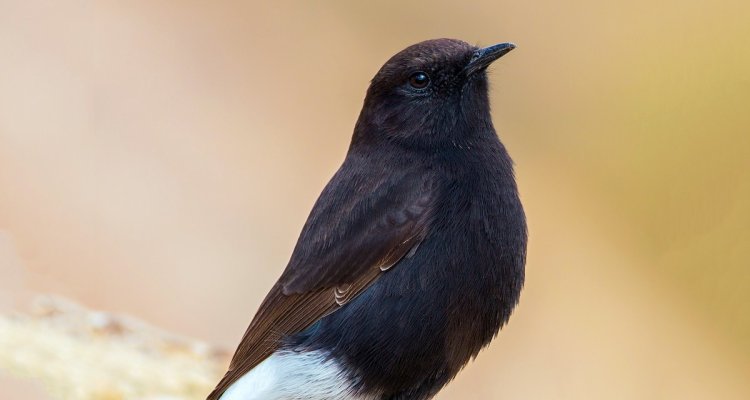
Project
Life history and ecology of family-living Iberian Black Wheatears (Collalba negra)
Cooperative societies are widely distributed in nature and usually arise through prolonged association of parents and offspring. Understanding the evolution of family-living is fundamental to understanding complex social behaviours, such as cooperative breeding in birds and mammals. The two currently accepted key explanations for the evolution of families focus on dispersal constraints, such as a lack of breeding openings due to habitat saturation (i.e., a “best of a bad job” strategy), and the benefits of philopatry, unique benefits found only on the natal territory which positively affect fitness, including nepotism. The latter emphasises a key role of predictable access to resources, particularly through parental maintenance of year-round territories in locations with periods of unfavourable conditions, such as harsh winters in temperate areas. While theory predicts that a combination of ecological constraints and benefits of philopatry select for family cohesion, these theories do not account for the fact that dispersal timing, even within families, can vary considerably. Moreover, much empirical research has explored why some individuals in cooperatively breeding species defer dispersal and forego independent reproduction, yet there has been little investigation into evaluating the causes and consequences of dispersal timing in non-cooperatively breeding species, despite that there is considerable variation both among and within species.
In this project we investigate the factors that explain family-living in our long-term (since 2010) individually-marked study species, the black wheatear. In this species, dispersal timing is bi-modal: most offspring disperse from the natal territory 3-6 weeks after fledgling, but the dominant 1-3 offspring from each pair’s final brood of the season overwinter on the parental territory. This population inhabits a harsh arid environment of hot, dry summers and cold, often snowy, winters, near Guadix, Spain. We combine experiments, observations, and long-term data to test the costs and benefits of the different dispersal strategies of black wheatears and to generally shed light on their life-history and ecology.
Main research questions
What benefits are associated with family-living over winter?
For parents to tolerate philopatric offspring in their territory, the benefits of living in a family group must outweigh the costs. It remains unclear what these benefits are for black wheatears. Current research in this population suggests that nepotism plays a minor, if any, role in the retention of juveniles on the natal territory, unlike in other family-living species. Thus, benefits reaped from delayed dispersal in this species may arise through group living benefits rather than family living per se. Such benefits may include effects on foraging efficiency, thermoregulation, and/or defense against predators or intruders. Ongoing research utilizes field experiments and behavioural observations to disentangle these potential advantages of group living in black wheatears.
What are the social and ecological settlement conditions of prompt dispersers?
The black wheatear is listed as “Vulnerable” by the 2015 European Red List (24), and among the reasons listed for needing protection is “Habitat deterioration and severe winters may cause extinctions locally.” Thus, it is important to have a clear picture of the habitat necessary for supporting this species, particularly over winter. Nonetheless, we currently have no information about winter habits or habitat use of those individuals that promptly disperse from their parental territory - the majority of yearling birds. By fitting fledglings with radio transmitters, we can track and observe these birds to elucidate post-dispersal winter conditions.
How does dispersal timing influence first year survival and procurement of a breeding position?
Long-term monitoring of dispersed black wheatears will allow us to evaluate the survival and breeding prospects of the different dispersal strategies.
In addition to the above research questions which are directly related to family living in this species, we also run several projects on communication, sexual selection, and conservation of this species.